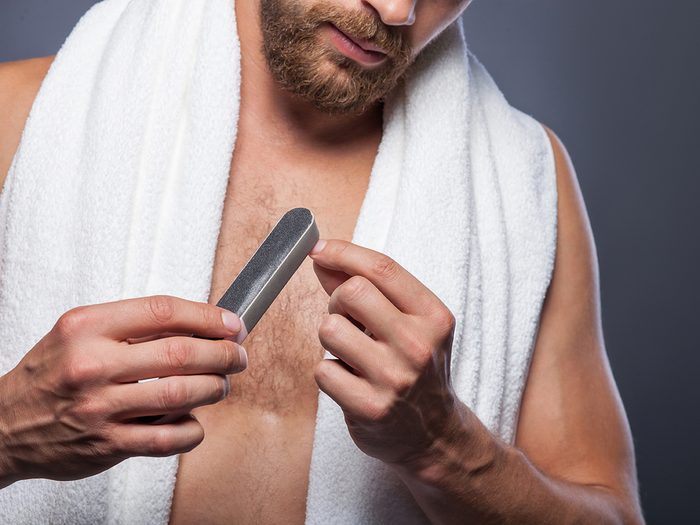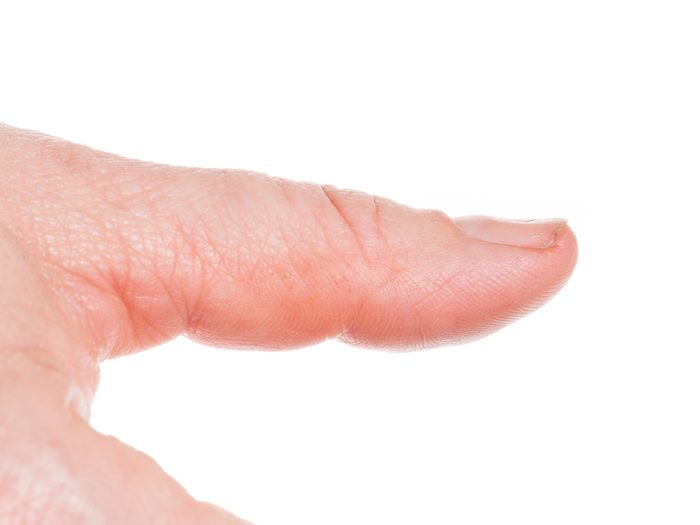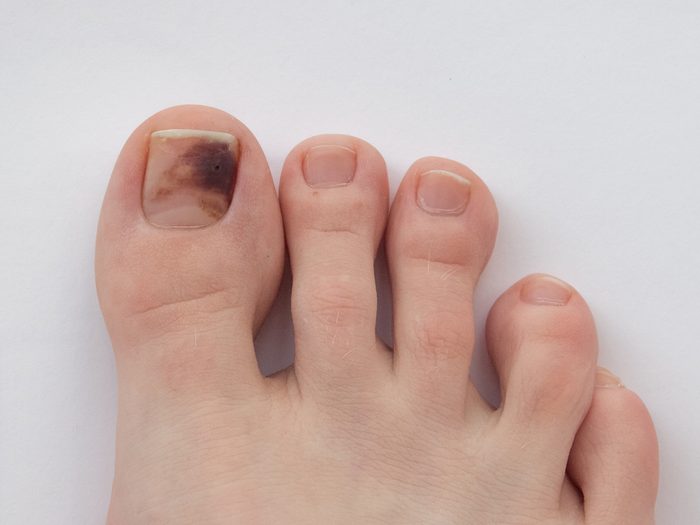
What Your Nails Say About Your Health
Fingernails and toenails are an evolutionary relic, more useful to our distant ancestors, who relied on these appendages to cling to branches, than they are to modern humans. However, they can still offer hints about our general well-being, and may even serve as red flags for more serious conditions. Find out what your nails say about your health.

Beau’s Lines
When there are excessive demands on the body’s resources, nail growth can be temporarily interrupted, leaving horizontal grooves. Called “Beau’s lines,” these indentations can be caused by a number of things, including local trauma to the nail, infection and high levels of physical stress.
Beau’s lines indicate there’s been a shock to the body and aren’t usually a cause for serious concern. By the time they become visible, the problem that triggered them has often already been resolved. If you have recurring instances of Beau’s lines, however, you should consult a medical professional.
Find out what those white spots on your nails mean.

Spoon Nails
If your nails depress inward in a concave shape, as though they’ve been scooped out (a phenomenon known as koilonychia or “spoon nails“), then you may have an iron deficiency.
Check out the iron-rich foods you might consider adding to your diet.

Changes in Nail Colour
Any changes to your usual nail colouring are also worth noting. Fungal infections are quite common in the toenails and may be the culprit if you observe a yellowish or greenish hue and the nails begin to crumble. Yellow nails may also indicate conditions such as psoriasis.
If a nail turns dark, there could be a mole underneath, or you might have bruised the area, but it wouldn’t hurt to make sure melanoma (skin cancer) isn’t the cause. In particular, the “appearance of a vertical band of brown or black in a nail in adulthood should be followed by a dermatological consultation,” says Bianca Maria Piraccini, a dermatology professor at the University of Bologna, in Italy, and the president of the European Nail Society.
Here are more skin changes worth discussing with your doctor.

Concerned? Speak With Your Doctor
No matter what changes you observe, remember that there are hundreds of possible reasons for nail abnormalities, not all of them critical. For example, long term nail-polish use can make the nails brittle, and the aging process can thicken them. So don’t assume the worst—instead, consult a doctor, who will be able to use the changes in your nails as one piece of a larger puzzle.
Now that you know what your nails say about your health, find out 20 symptoms you should never ignore.